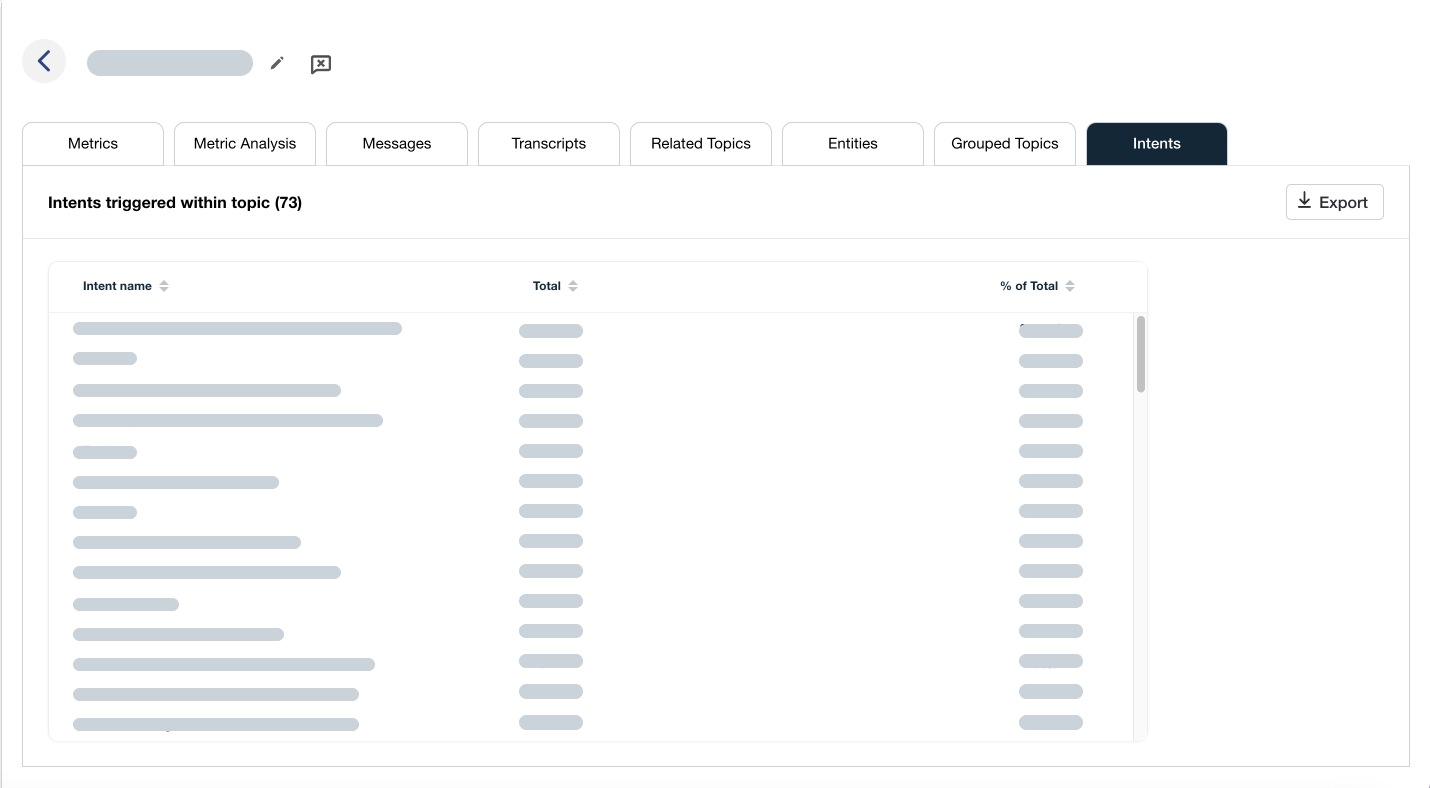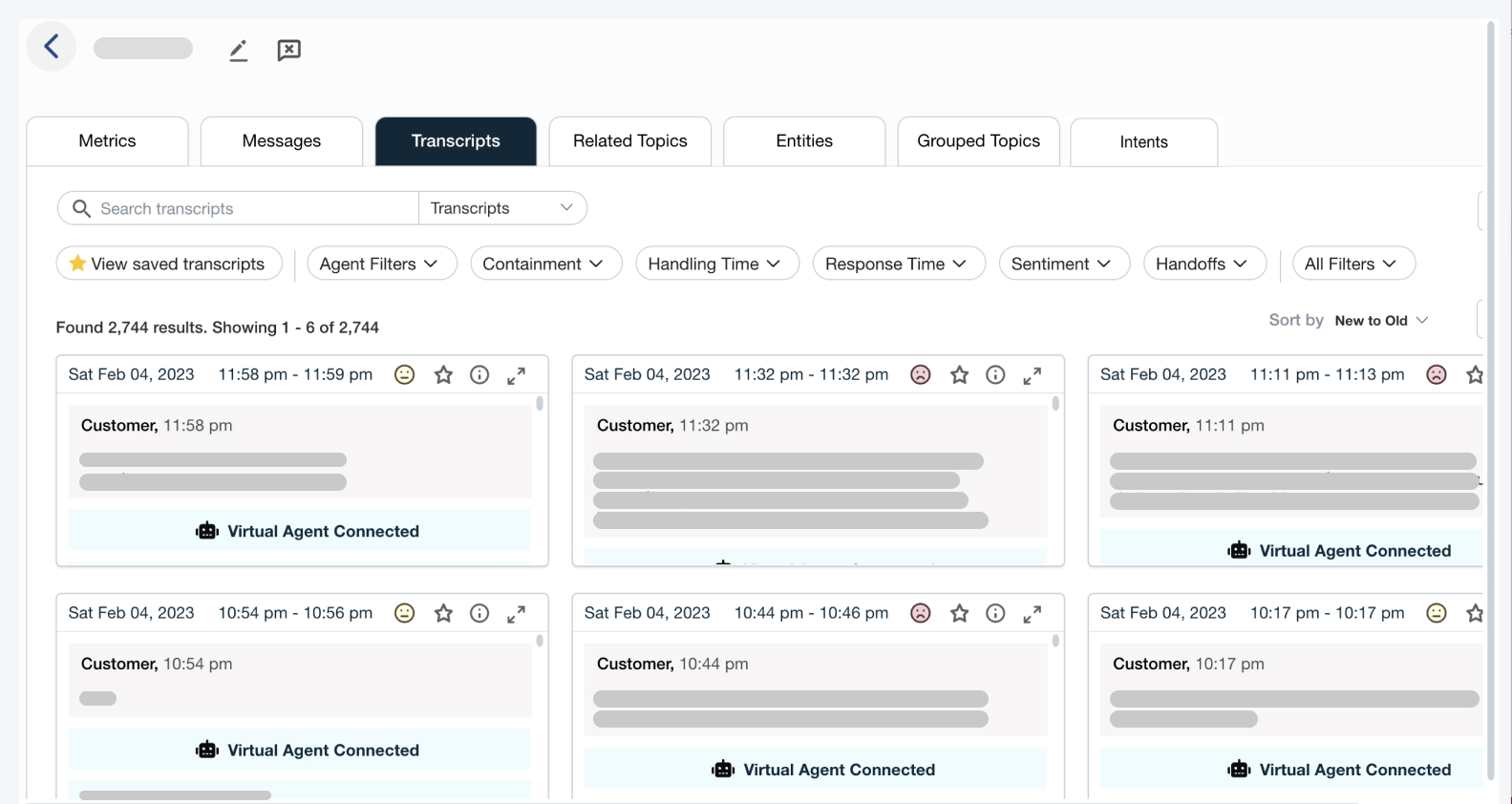3 Ways to De-Stress Employees with Technologies That Humanize the Hybrid Workplace
3 Ways to De-Stress Employees with Technologies That Humanize the Hybrid Workplace

Part two of our Workforce Wellbeing Series, focusing on ways to improve the health of the contact center
Embrace analytics to boost your workforce wellbeing strategy. Employee wellbeing is the key to providing exceptional customer experience (CX). Let’s take a closer look at three reasons why you can’t afford to ignore the latest advancements in technologies designed for modern workforce optimization and engagement.
In our previous blog, we asked the question ‘what does workforce wellbeing really mean?’ and came to the conclusion that the major barrier to wellbeing – stress – affects everyone in the contact center and beyond. The major stress triggers of hybrid working practices, increased customer demand and a fast-changing competitive landscape are taking their toll employee wellbeing and the overall mental health of the workforce. Everyone from agents to business leaders are trying to adapt to a new world of hybrid or remote working situations. We shared several coping strategies to help promote workplace wellness and introduced the importance of data in promoting wellbeing across the whole organization.
In this second blog of the series, we explore why technologies that humanize experiences through the likes of AI-infused analytics and intelligent automation, such as modern Workforce Engagement Management (WEM) solutions, are the next step towards developing a robust wellbeing strategy.
3 WAYS TO DE-STRESS THE WORKFORCE
Today’s WEM solutions offer the perfect de-stressing tool for agents, operational supervisors and senior managers to boost employee wellbeing. The following are great ways to use them to enhance employee engagement, optimize contact center performance and boost profitability.
Number One: Your Day, Your Way
Agent stress is a powder keg just waiting to explode. With one in three agents considering leaving the contact center, it’s clear that there needs to be a change. Agents cite managing their work/life balance as the biggest stress factor (41%) followed closely by ‘complex customer issues’ (36%) and ‘too many calls’ (34%). When agents take control of their working environment, their mood lifts, they feel energized and stress levels fall.
Increase mental wellness by introducing self-scheduling tools so your agents can move lunches, catch up with colleagues and make time for new learning as customer demands or domestic events occur throughout the day. Equally, give them the chance to add extra working time to their coming week if they need to earn overtime. Self-scheduling empowers agents and gives access to instant changes, yet approvals can be automated based on staffing-need parameters.
Why not add personalized dashboards to the mix so your agents can track their own performance to remain focused and motivated? This is a particular bonus when the majority of people are working remotely.
Number Two: Superstar Managers with a Listening Ear
Being a supervisor today is hard work. They are expected to excel operationally and be excellent people managers. Unfortunately, not everyone has the sufficient training to manage the mental health of their team as well as the fast-changing dynamics of their contact center effectively. While many organizations are busy leveraging analytics to uncover the voice of the customer, the same cannot be said when it comes to truly understanding agents.
In Calabrio’s latest survey, the State of the Contact Center, it’s reported that roughly half (48%) of contact center managers report they are not doing enough to focus analytics tools on their teams and cite training opportunities (37%), employee satisfaction (33%) and productivity (33%) as the top missing insights. Using analytics for personalized performance coaching has been made easier by the introduction of AI-enabled recording and tracking of 100% interactions and agent performance metrics.
This data can facilitate coaching conversations while identifying individual or team skill gaps. This allows managers to provide better training and support to agents who need it most. Data-driven performance coaching increases agent confidence, satisfaction and productivity while easing operations and a manager’s path to achieving these results.
Number Three: Reap the Rewards of a Connected Enterprise
In order to grow, organizations need a 360-degree view of their data. Yet, according to Harvard Business Review, while 83% of companies stress the importance of turning data into actionable insight, only 22% of senior executives feel their company is successful at doing this. How can business leaders possibly make informed decisions and improve profits if they have no clear visibility of what is happening across their organization?
Successful leaders recognize the importance of connectedness in every sense of the word – IT systems, information, ways of working and thinking. It’s an approach that overcomes the harmful silos that often get in the way of becoming a connected enterprise, where all parts of the organization work together to deliver exceptional customer experiences.
The foundation of a successful customer-centric organization lies in positioning the contact center at the heart of the business intelligence platform. Sharing valuable data on the real thoughts and feelings of customers depends on seamless integration with other departments using technology such as Calabrio’s enterprise customer experience intelligence (CXI). Organizations benefit from becoming more connected to their customers and their employees, and pervading stress just melts away.
Dive Deeper into Workplace Wellbeing
Explore the many benefits of adding smart technology into your contact center to support and retain talent. In our next blog, we delve deeper into the concept of workforce wellbeing and how it can be used to drive personal and organizational growth. Download Calabrio’s Workforce Wellbeing Recovery Toolkit to learn how to identify stress triggers, process improvement checklists and get tech buyer guides for managing wellbeing across the entire workforce.









